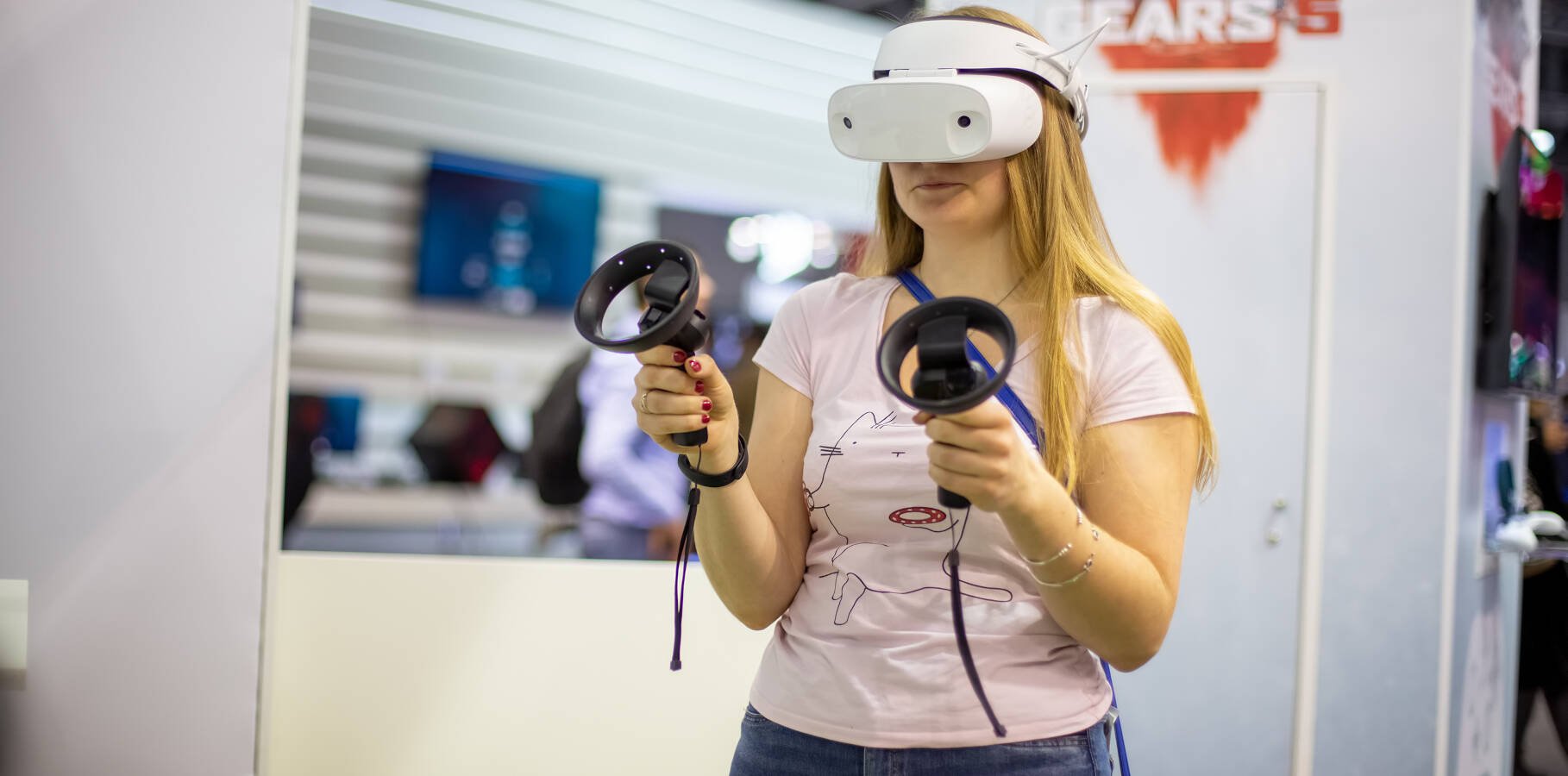Ads
Microsoft has admitted what the rest of the tech world has long suspected: Windows Mixed Reality has no future at the IT giant, and the platform will be yanked from a future release of the operating system.
Sitting at the top of the latest list of deprecated features in Windows is the Windows Mixed Reality (WMR), including the Mixed Reality Portal application, WMR for SteamVR, and the Steam VR Beta. We wonder if Redmond was hoping few would notice the deprecation over the Christmas break.
If you need a reminder, WMR was supposed to be a set of technologies basically geared toward using your Windows 10 or 11 PC seamlessly and easily via an augmented reality headset. It was hoped people would use it with productivity applications as well as gaming.
Cast your mind back to the Windows 10 Fall Creators Update and the first wave of Virtual Reality (VR) headsets built for the WMR platform in 2017. Things all seemed very rosy back then: Microsoft HoloLens had already launched, and some concepts from that bit of kit would find their way into WMR hardware. The idea was that WMR goggles would be cheaper than HoloLens, and attract a mass audience to the tech.
Five hardware makers – HP, Dell, Lenovo, Asus, and Acer – were already on board when Microsoft started publicly talking up WMR in 2016, and Samsung would join the party a year later with its Odyssey headset. On paper, the hardware should have trounced much of the competition of the time. However, things did not turn out that way.
We noted trouble brewing when we got our claws on examples of the devices from Dell, Asus, and Lenovo at the 2017 IFA consumer electronics show in Berlin and found them… okay.
Not as innovative as the HoloLens and a bit clunky. But hey – this was version one, after all. While Microsoft was keen to point out that the headsets weren’t just for gaming, an agreement with Valve meant that Oculus Rift and HTC Vive games would also run – via SteamVR.
Customers stayed away in their droves, resulting in an uncomfortable case of Windows Mobile déjà vu as developers ignored the platform and resellers made deeper and deeper cuts to try and get the hardware off the shelves.
Microsoft boss Satya Nadella famously declared the technology as an area on which he wanted to focus alongside quantum computing and that little talked-about tech, AI.
A few short years later, the writing was on the wall. In 2022, Alex Kipman – the boss and face of Microsoft’s Mixed Reality division – abruptly ejected from the corporation. As 2023 dawned, Microsoft killed off AltspaceVR and closed its Mixed Reality Tool Kit (MRTK). It was hardly a ringing endorsement for the platform.
The HoloLens – a set of mixed reality goggles running independently of a Windows PC rather than the tethered world of the virtual reality headsets – will continue to limp on. Microsoft has, after all, a substantial order for the devices from the US Army it needs to fulfill.
The future of the HoloLens is not, however, looking too bright. The HoloLens 2 – launched in 2019 – is distinctly long in the tooth, with little sign of a follow-up on the horizon. Apple’s take on the tech – the Vision Pro – is due to launch in 2024.
A final hurrah for WMR VR headsets came in 2020 when HP opened pre-orders for the Reverb G2 but, despite some impressive hardware – if you had a PC beefy enough for the devices – it was all too little, too late, and too expensive.
The Register asked Microsoft about the deprecation. A spokesperson for the company noted that it had recently announced Copilot in Dynamics 365 Guides, “which combines the power of generative AI with mixed reality on HoloLens 2,” and was bringing Windows 11 to HoloLens 2.
However, the spokesperson also said: “As the needs of our customers evolve, we regularly update our product lineup to best support them. From time to time, this includes introducing technical innovations and retiring products.
“As of November 1, 2026 for consumers and November 1, 2027 for commercial customers, Windows Mixed Reality will no longer be available for download via the Mixed Reality Portal app, Windows Mixed Reality for SteamVR, and Steam VR beta, and we will discontinue support.”
Services such as Steam will continue to work “until users upgrade to a version of Windows that does not include Windows Mixed Reality.”
Also on the deprecation block are legacy console mode, Windows speech recognition, and Microsoft Defender Application Guard for Edge. However, it is the formal confirmation that Windows Mixed Reality is on the way out that will attract attention and which fans will regard as another nail in the coffin of the software titan’s consumer play.
After all, not even the Xbox gang was interested.










